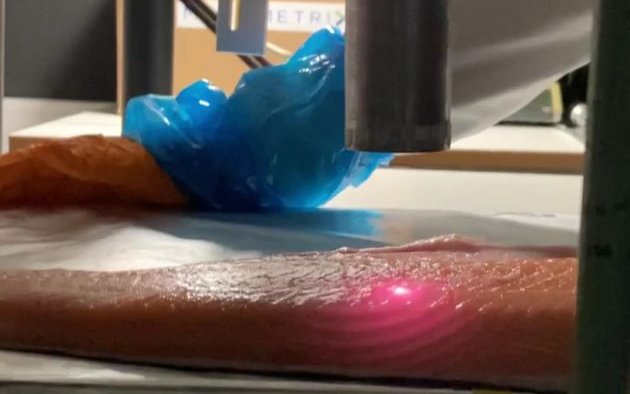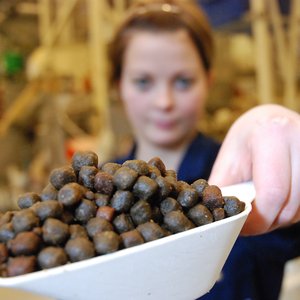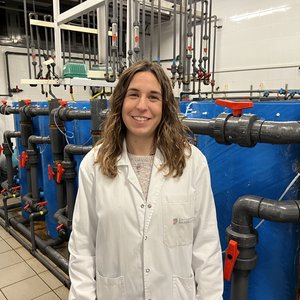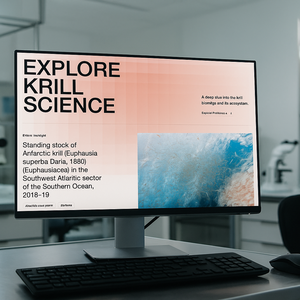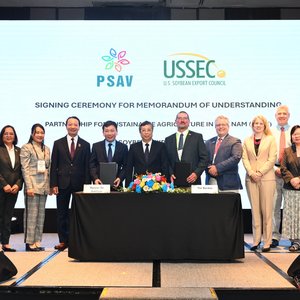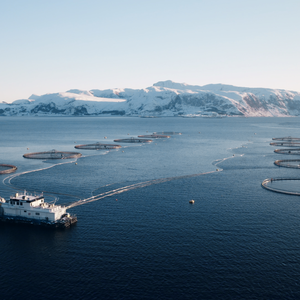The importance of DHA and EPA in aquaculture is widely known. The industry has been looking for fast and effective methods to determine fat, and especially fatty acids, in fish fillets to assess the effect of aquafeeds and determine the levels in the final fillet. The measurement methods currently used, such as chromatography, are costly and time-consuming. Chromatography can only be performed in specific laboratories and one measurement costs NOK 1,500 (USD 148) or more.
In the past few years, Norwegian researchers at Nofima have been working to develop a rapid and non-destructive method for measuring the proportion of EPA and DHA fatty acids in salmon fat. Researchers tested Raman spectroscopy and Near-Infrared (NIR) spectroscopy.
Raman spectroscopy
Raman spectroscopy ended with promising results. In just a matter of seconds, this technique can quantify several fat components, including EPA and DHA. This is done by a laser illuminating the salmon fillet, which can then be scanned without any kind of physical contact.
“We have tested the method on salmon from several different locations and feeding regimes, and it turns out to be very accurate,” Nofima researchers said. EPA+DHA can be measured with an accuracy of approximately ± 0.5% of total fat, researchers mentioned.
“As of today, the method is excellent at making rapid measurements in a laboratory or next to the line in a production facility. In the longer term, we envisage that Raman can also be put directly on the production line and measure every salmon fillet, but this might require robotic controlled measurements,” researchers said.
Relevant Raman measurement systems currently cost approximately NOK 700,000 (USD 69,000). This cost must be assessed in relation to the opportunities it can provide regarding effective quality documentation and possible quality differentiation.
Researchers are also working with geneticists to find out whether the methodology can be used directly in breeding work to select fish with the desired fat composition.
NIR imaging spectroscopy
NIR imaging (hyperspectral) spectroscopy is already being used by the food industry to make in-line measurements. “We know that NIR imaging is very good at measuring total fat content, but there has been more uncertainty as to whether it can also be used for specific fatty acids such as EPA and DHA,” researchers said.
“The studies show that the method is not as accurate as Raman, but good estimates are also obtained using this technique. One advantage of using NIR imaging is that the technology is faster than Raman, and very suitable for taking measurements directly at production lines,” researchers stated.
Reference:


